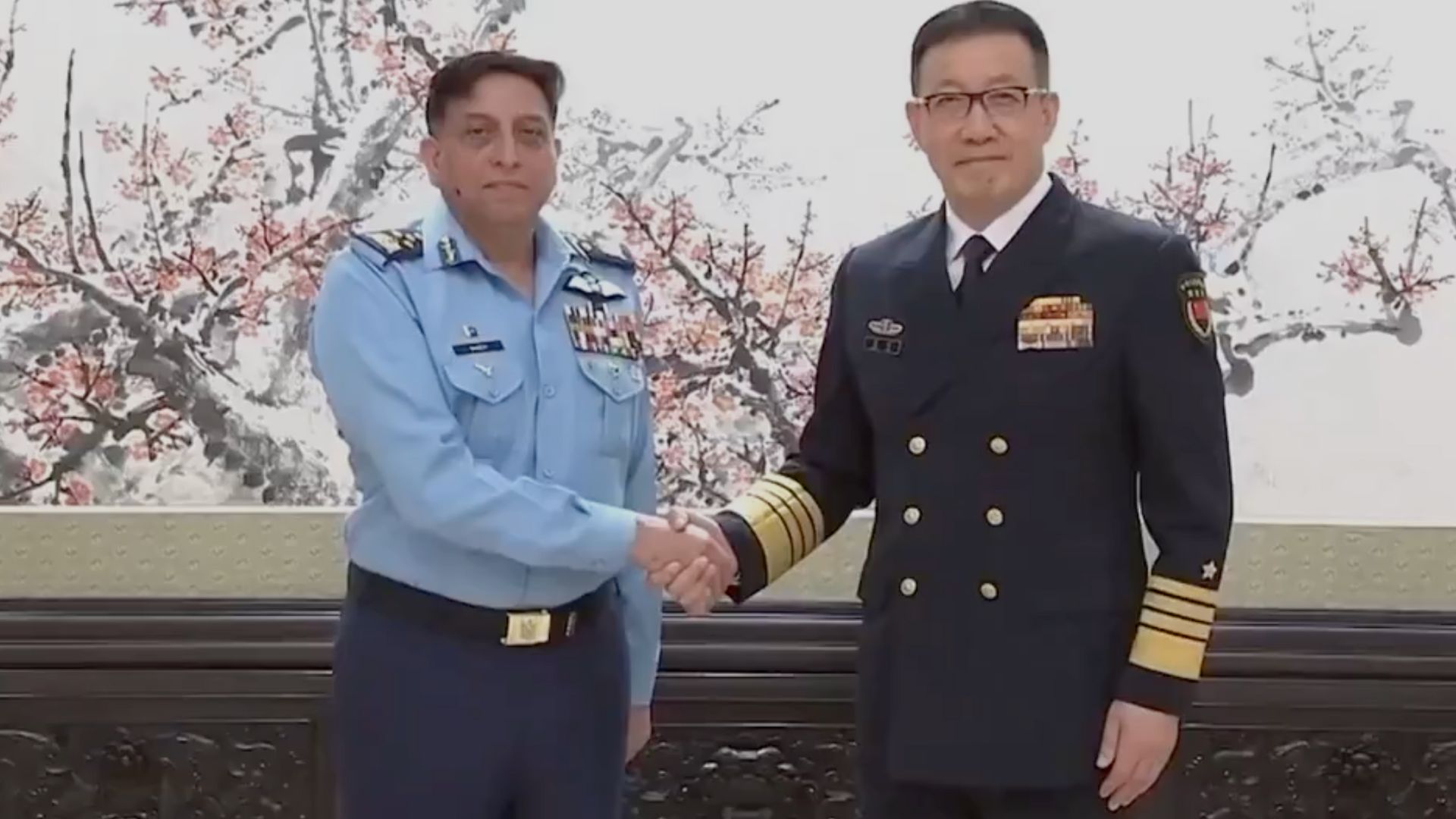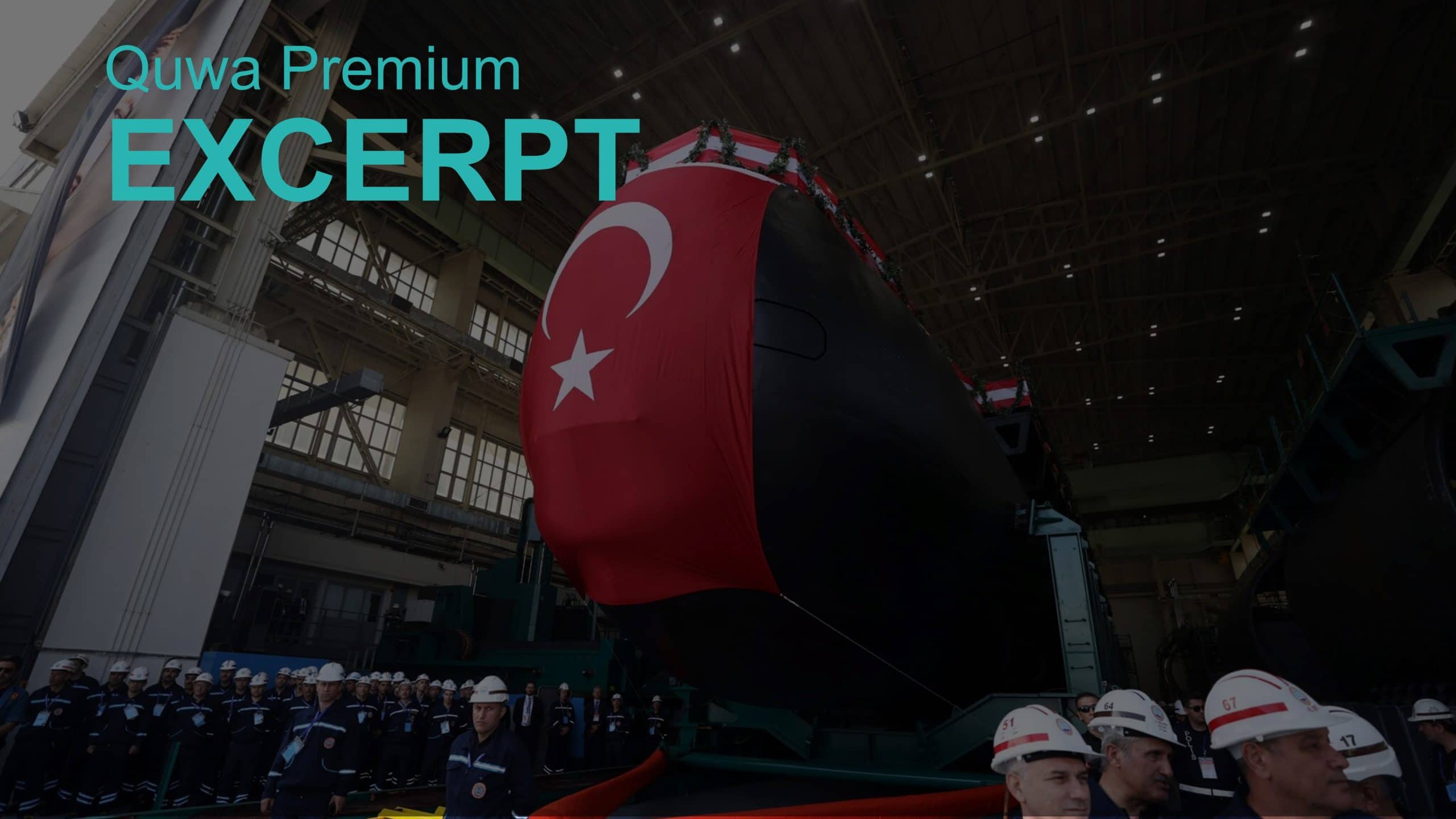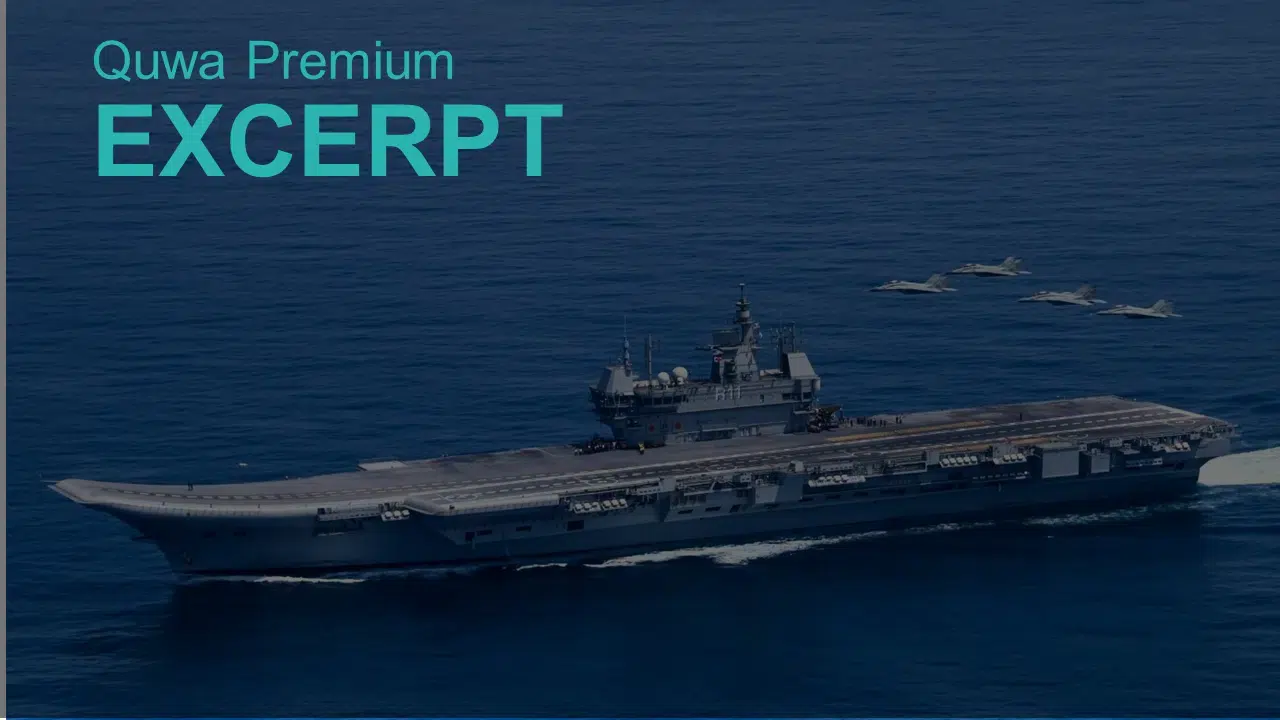2103Views

Pakistan Air Force Chief Meets Chinese Defence Minister to Strengthen Military Cooperation
The Chief of Air Staff (CAS) of the Pakistan Air Force (PAF), Air Chief Marshal (ACM) Zaheer Ahmad Babar, met with Chinese Defence Minister Dong Jun in Beijing on Tuesday, 08 April, 2025.
According to the Global Times, the high-level meeting focused on strengthening bilateral military cooperation between the two nations amid evolving regional security challenges.
Defence Minister Dong emphasized that China and Pakistan are “all-weather” strategic cooperative partners with an “unbreakable friendship” that has been strengthened despite shifting international dynamics.
He highlighted significant progress achieved by the two militaries in recent years, particularly in strategic communication, joint exercises, and personnel exchanges.
Dong specifically noted the growing significance of the “Shaheen (Eagle)” series of joint air exercises between the PAF and the People’s Liberation Army Air Force (PLAAF).
He reaffirmed China’s commitment to working with Pakistan to “further strengthen military communication and coordination, deepen practical cooperation across various fields, and jointly uphold regional and global peace and stability.”
ACM Babar described the Pakistan-China relationship as a cornerstone of Pakistan’s foreign policy, emphasizing that Pakistan highly values the traditional friendship between the two countries.
He expressed the PAF’s willingness to further strengthen communication, exchanges, and institutional cooperation with China while maintaining high-level joint exercises and training to address evolving security challenges.
Notes and Comments
The meeting between the PAF CAF and China’s defence Minister comes amid Pakistan’s increasing reliance on Chinese aerospace and defence technology for its modernization efforts.
In recent years, the PAF has made several high-profile acquisitions from China, most notably the procurement of approximately 20 J-10CE multi-role fighters.
The J-10CE represents a significant capability upgrade for the PAF, introducing a 4.5-generation fighter with an active electronically scanned array (AESA) radar and the PL-15E, which offers a stated reach of 145 km, making it the PAF’s longest-ranged air-to-air missile in service.
The PAF has also invested heavily in Chinese air defence systems, acquiring the HQ-9BE long-range surface-to-air missile system .
These systems form critical components of Pakistan’s integrated air defence network, providing multi-layered coverage against various aerial threats.
In the unmanned aerial systems (UAS) domain, the PAF inducted the Chinese-made Wing Loong II armed reconnaissance drones, enhancing its intelligence, surveillance, and reconnaissance (ISR) capabilities while adding precision strike options.
Perhaps most significantly, the PAF has expressed active interest in acquiring China’s next-generation J-35AE stealth fighter. This potential acquisition would represent a watershed moment for the PAF, potentially introducing fifth-generation capabilities to its fighter fleet for the first time.
This sustained procurement pattern highlights a notable shift in Pakistan’s defence acquisition strategy.
While the PAF historically looked to Western suppliers, particularly the United States, for cutting-edge military technology, China has now become both Pakistan’s principal supplier in quantity and its main qualitative capability driverF.
This transition represents a significant evolution in the Pakistan-China defence relationship. Rather than simply providing alternatives to Western equipment, Chinese systems are now enabling the PAF to access new technologies and capabilities that would otherwise be difficult to obtain.


